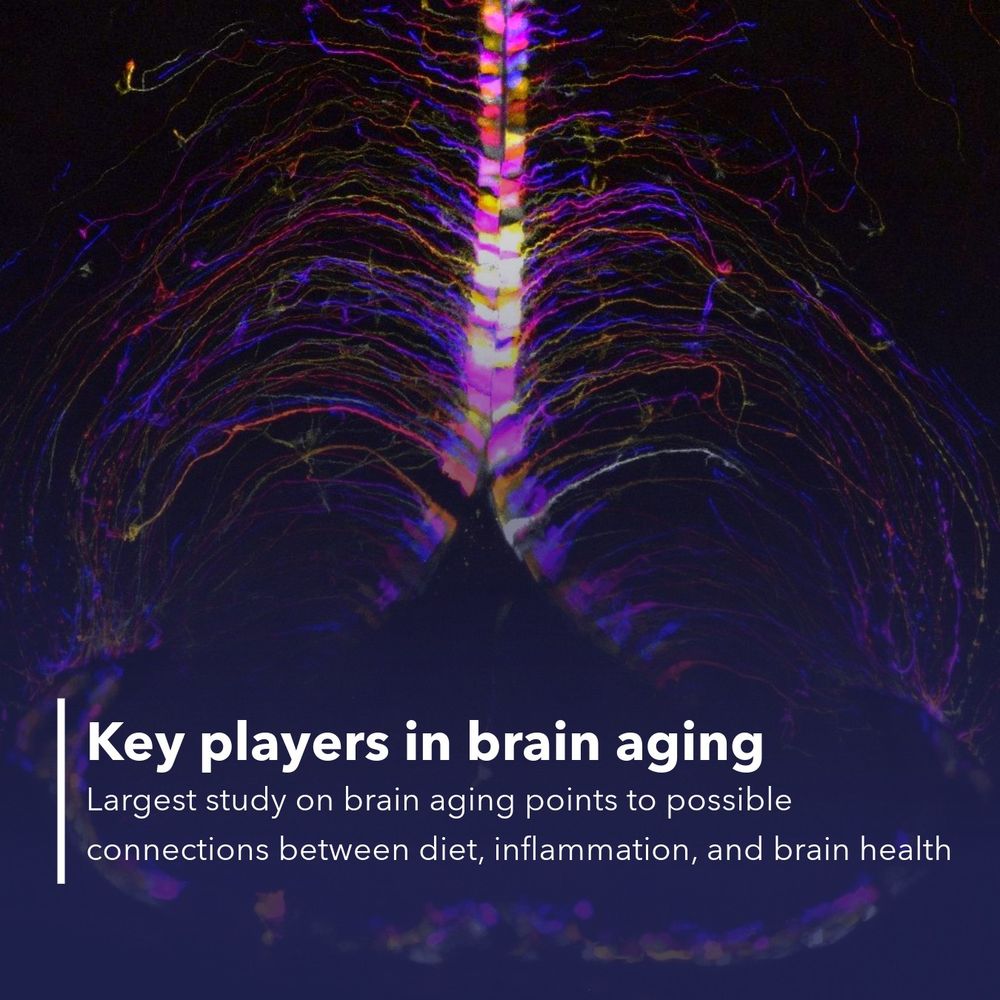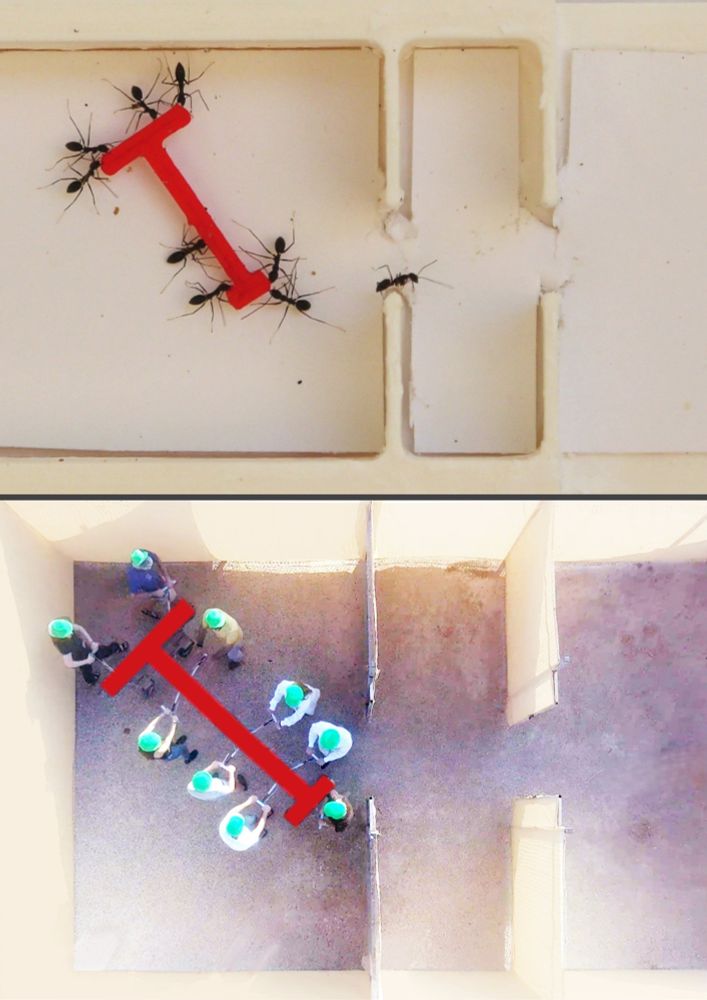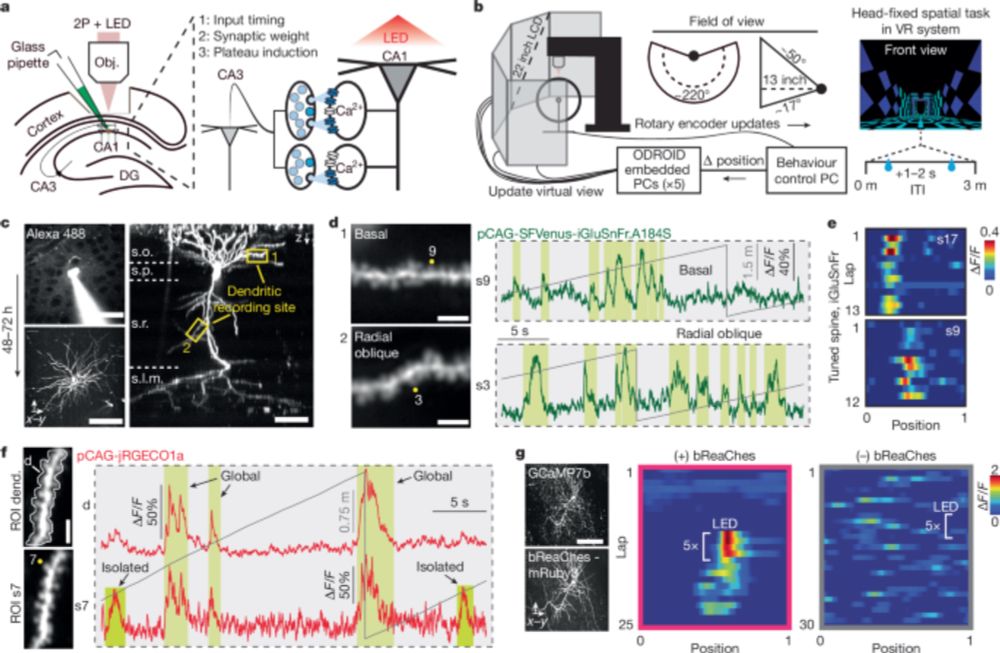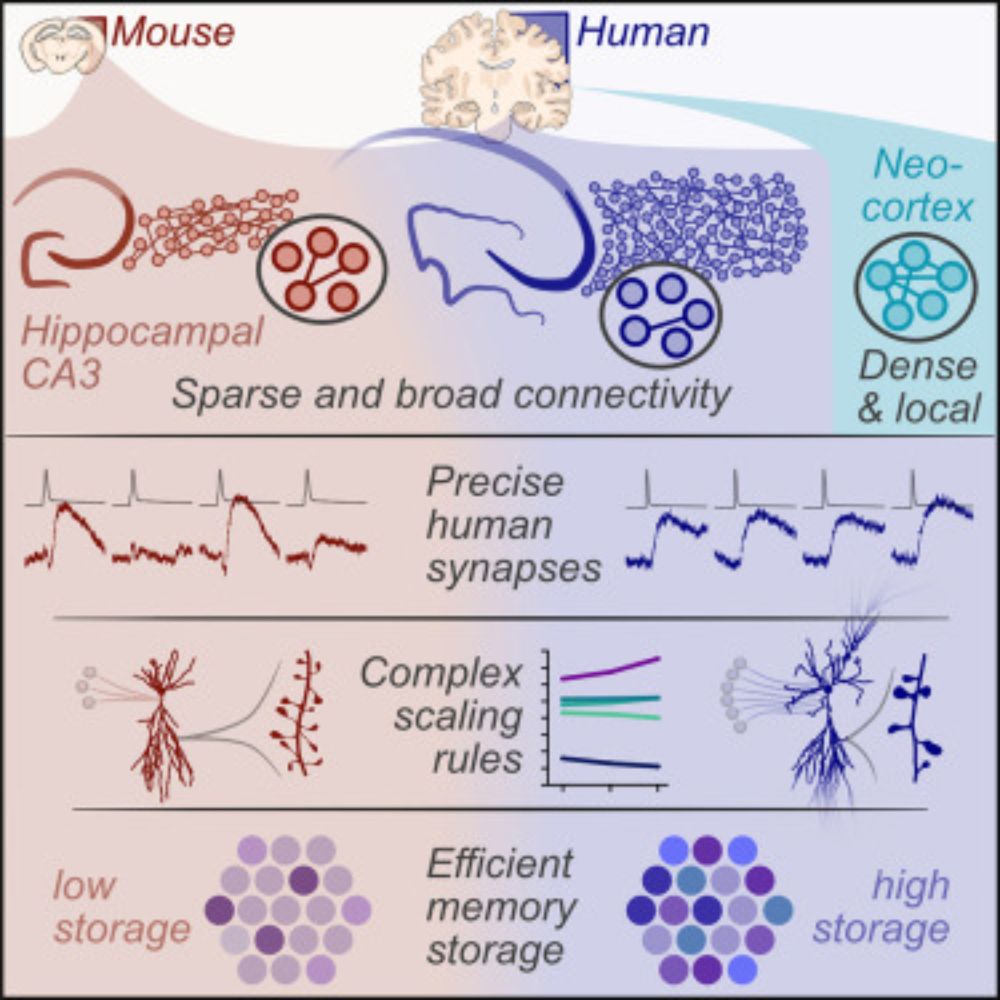









Our new review in Current Opinion in Neurobiology is out! "How radial glia progenitor lineages generate cell-type diversity in the developing cerebral cortex"

Our new review in Current Opinion in Neurobiology is out! "How radial glia progenitor lineages generate cell-type diversity in the developing cerebral cortex"
3D LLS-TDI-DNA-PAINT and live-cell LLS microscopy allow decoding of the molecular interplay of endogenous CD20 on B cells with therapeutic antibodies.
📄 Read more: www.science.org/doi/10.1126/...
3D LLS-TDI-DNA-PAINT and live-cell LLS microscopy allow decoding of the molecular interplay of endogenous CD20 on B cells with therapeutic antibodies.
📄 Read more: www.science.org/doi/10.1126/...
The largest single-cell RNA seq dataset of mouse brain aging reveals incredible insights and could pave the way for future therapies to slow or manage the impacts of the aging process. 🧵 #studyBRAIN

The largest single-cell RNA seq dataset of mouse brain aging reveals incredible insights and could pave the way for future therapies to slow or manage the impacts of the aging process. 🧵 #studyBRAIN
Are they more functionally complex? Could that boost the human brain’s computational power? and is that what makes us human? (1/11)

Are they more functionally complex? Could that boost the human brain’s computational power? and is that what makes us human? (1/11)

@natureportfolio.bsky.social entitled 'Synaptic basis of feature selectivity in hippocampal neurons' (thread below 👇): www.nature.com/articles/s41...

@natureportfolio.bsky.social entitled 'Synaptic basis of feature selectivity in hippocampal neurons' (thread below 👇): www.nature.com/articles/s41...
Link: www.nature.com/articles/s41...

Link: www.nature.com/articles/s41...
Our new tool SynapseNet has you covered and is now available as a preprint www.biorxiv.org/content/10.1... .
Read on for a short overview of our paper.

Our new tool SynapseNet has you covered and is now available as a preprint www.biorxiv.org/content/10.1... .
Read on for a short overview of our paper.




